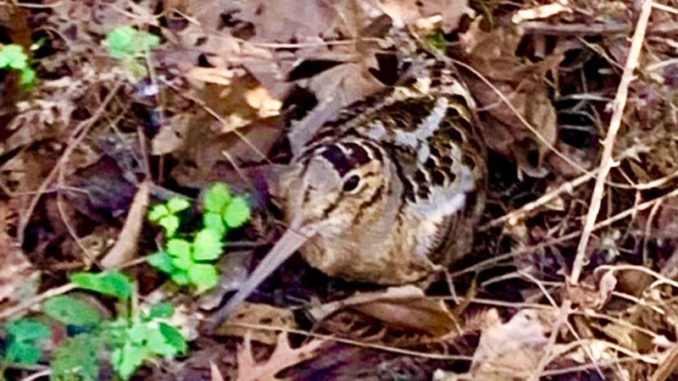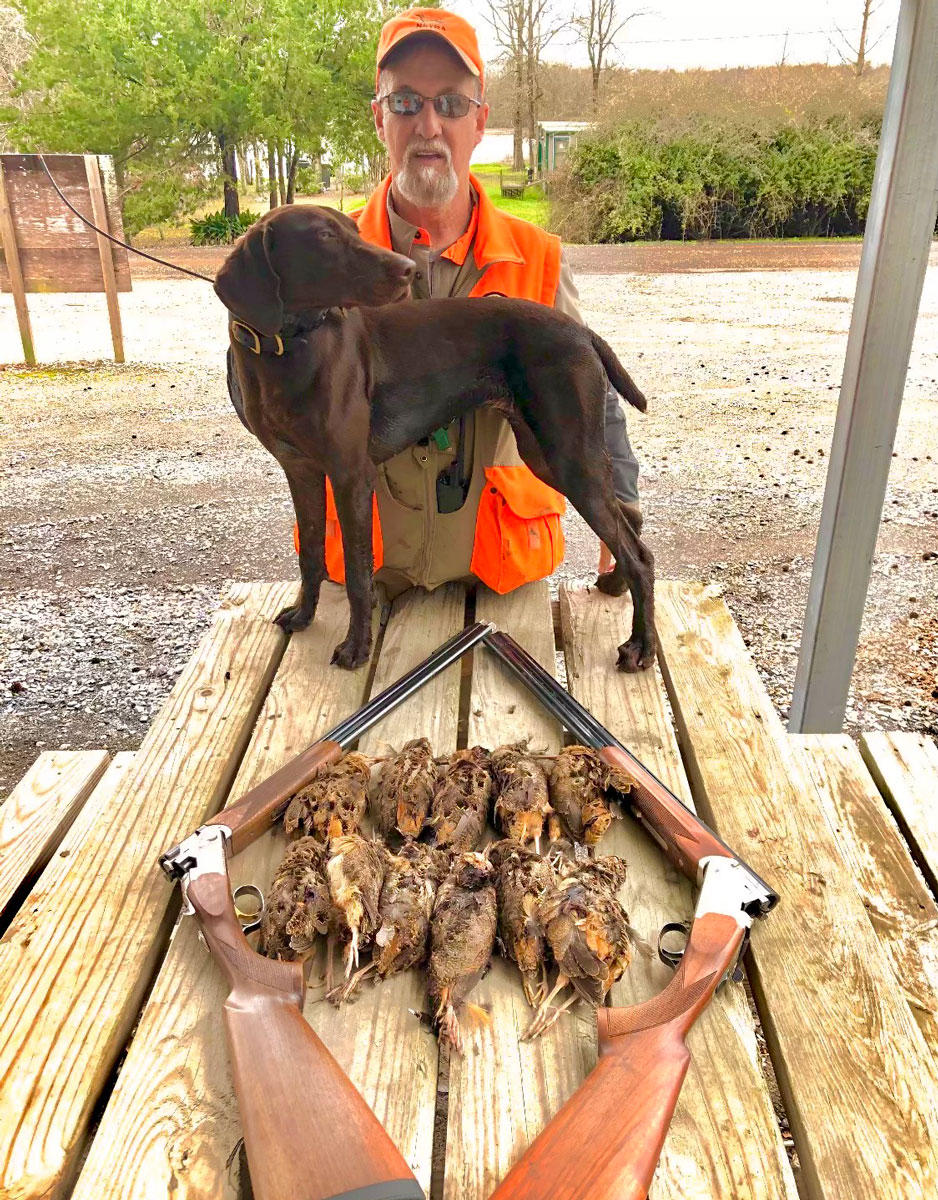
While deer and waterfowl hunters are scurrying around trying to get in their last hunts of the season, there’s another group of hunters looking to make the most of the last weeks of one of their favorite times of the year.
Based on annual LDWF hunter surveys, there are about 5,000 hunters who go after a different kind of migratory bird each year — woodcock. The Louisiana woodcock season comes to a close Jan. 31.
One of those avid woodcock hunters is Oscar Long of Baton Rouge. Long started “shooting” woodcock when he was just a youngster. He and his father scared up woodcock when they were hunting rabbits and, since they both use the same type of habitat, that’s the way many other hunters got started too.
Today, Long hunts with dogs and has perfected his techniques in taking woodcock as the main target. He got his own dog and got serious about the sport 20 years ago.

“To really get serious about the sport, you need a good dog,” Long said. “But you can just walk the woods and kill woodcock, too. It’s not as easy, but if you get in the right areas and keep your eyes open, you can still do pretty good.”
Public land opportunities
Long lives near two of what he calls “the best overwintering spots in the country” for woodcock, Sherburne WMA and Indian Bayou National Wildlife Refuge. He says if hunters spend a little time scouting and find areas the birds are using by watching the edges of openings at first light and last light, they can narrow down the search a whole lot. And be aware they like to stay in really moist areas with the thickest edge cover they can find.
“You can walk the woods and jump shoot them, but you are at the mercy of being lucky and just walking up on them,” he said. “Scouting is a big help and paying close attention is, too. They hold really tight to cover and they are really camouflaged well. You can walk right by one five feet away. That’s where a good dog comes in; either a dog to flush them or point them. That’s a big help.”
One thing that can help woodcock walkers is the fact that normally when they flush, they only fly 30 or 40 yards before they land again. Watch them closely and you can be better prepared the second time you encounter the bird.
Long recommends shooting the same type of setup you use for doves. He shoots a 28 gauge with 7 ½ or 8 size shot.
Banding program
Louisiana has an extensive banding program for migratory waterfowl and it helps immensely with data about woodcock. Long has killed several banded woodcock that have made the trip north and back south several times. On Jan. 17, 2022, he actually killed a banded bird that had been banded right there on Sherburne on Dec. 1, 2021. That one didn’t get to make the trip back north, he said.
Louisiana has some of the highest numbers of wintering woodcock in the United States. Several WMAs, national forests and wildlife refuges, and U.S. Army Corps of Engineers’ lands, as well as private lands, are managed to enhance woodcock habitat and hunting opportunities. According to the LDWF, Louisiana consistently has more hunters who spend more days afield hunting woodcock than any other southern state. Based on annual LDWF hunter surveys, that average of about 5,000 hunters harvest more than 22,400 woodcock each season.


